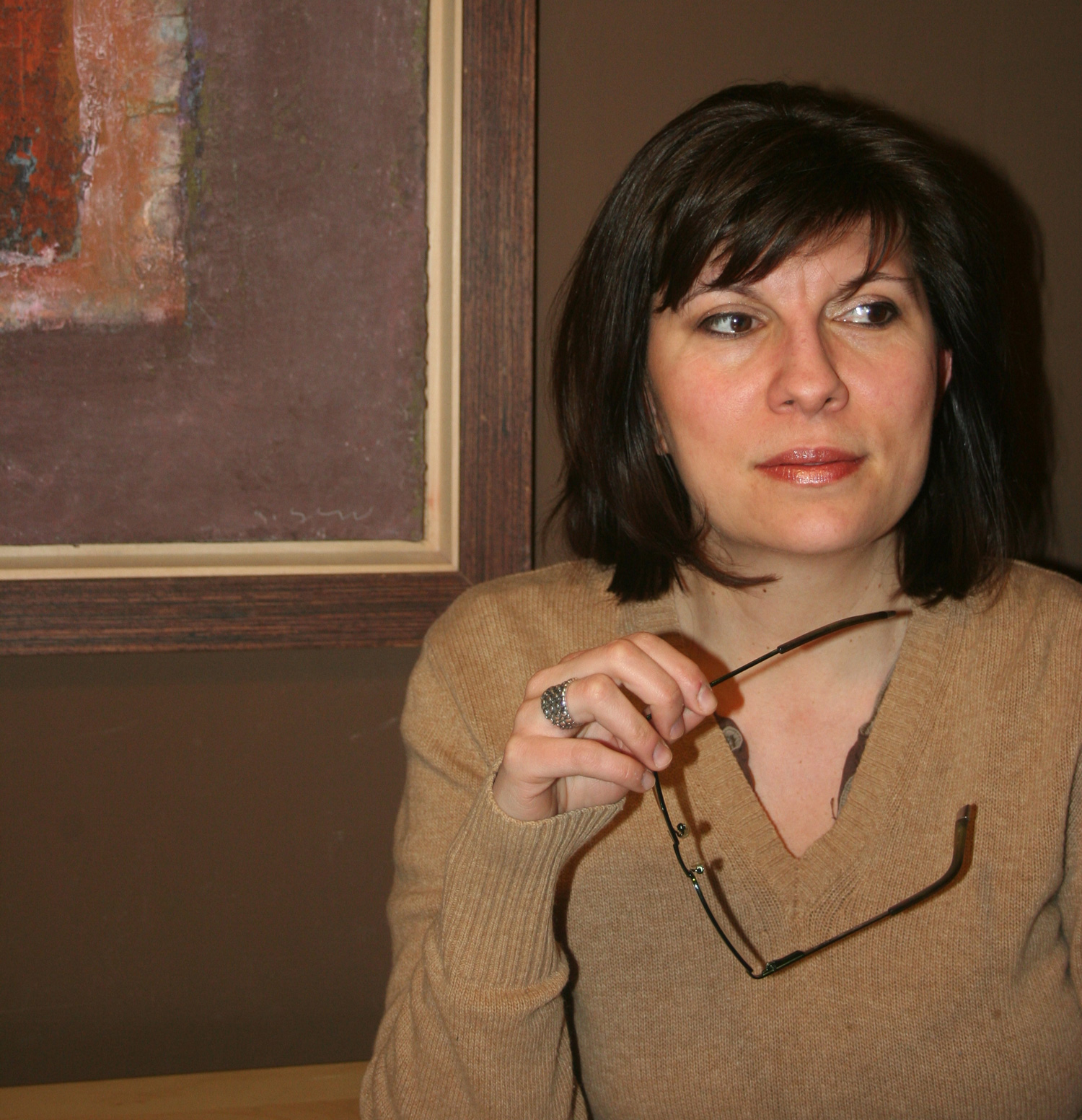
© 2017 Zdravka Vasileva.
All rights reserved.
Assoc. Prof. Dr. Zdravka Vasileva
1977 Geboren in Plovdiv, Bulgarien
2003 National Akademie für Kunst in Sofia, Bulgarien
2004 Hauptassistent in der National Akademie für Kunst
2010 Zdravka Vasileva defined a doctoral thesis
“The Painting of Peter Dochevin the Context of Bulgarian Fine Art
from 1990’s to the beginning of the 21st century"
2012 Assoc. Prof. Dr. of Fine Arts
2016 Head of Department Painting in the National Fine Arts Academy
Mitglied des Verbandes der Bulgarischen Kunstmaler
Wohnt und arbeitet in Sofia, Bulgarien
Selected Critiques
„Zdravka Vasileva is an artist with very sophisticated and precise sense for the classical characteristics of the painting – from the genres that are important for her as a painter, to the way of their plastic development. Her paintings most often represent situations of some experience – details of a quiet interior, in which there is a sensation that someone is either present or missing; still-lifes with preferred objects such an exquisite table lamp; a teapot, a fruit bowl, favorite views from the window, details of impressive landscapes. But the thing that gives meaning to this sincere autobiographicality and that raises it above the usual banality is the finesse and the balance with which it is told. This type of skill is not often seen with other artists. This is the ability to tell the personal without blocking the dialogue with the ones that doubt it, but to become wiser, more sophisticated and more profound out of this dialogue, to examine and deepen her original obviousness.
The works of Zdravka Vasileva radiate meditative calmness and at the same time contain refined artistic eurhythmics, without esthetic demonstrations or excessive visual attractions. The colors are complicated, monochrome or contrast, linearly emphasizing certain spots. Her artistic method, although studying the real world, sometimes moves into the abstract structure developing or decomposing separate motives or the relation and the juxtaposition of the forms.
The esthetics of her paintings is a nostalgic appeal to the sublime as the missing content – there, where the spatial fragments are no just a specific location, and where the time does not change its taste for art.“
Prof. Dr. Galina Lardeva, Art critic